Asus PadFone Infinity Review
Asus PadFone Infinity
Hands-on: A phone-tablet convertible hybrid. Good, but crazy expansive.
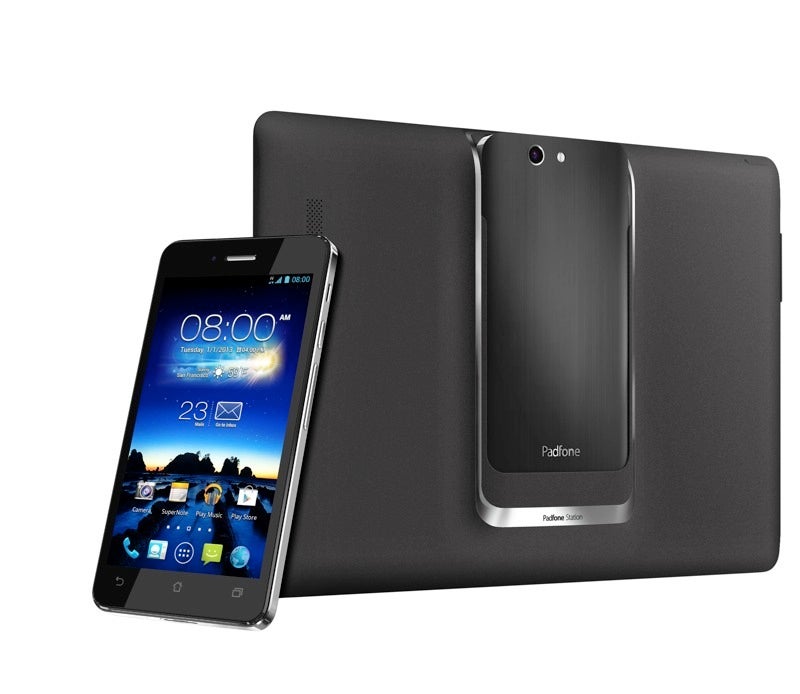
Verdict
Key Specifications
- Review Price: £999.99
- 5-inch 1080p IPS screen
- 64GB internal memory
- Android OS
- 13MP camera with F/2.0 lens
Introduction
Few gadgets have attracted as much derision as the Asus PadFone smartphone-tablet hybrids in recent years. However, seemingly immune to the abuse, Asus has come up with a new one. The Asus PadFone Infinity boasts fantastic specs and some truly clever design tweaks. The downside? Other than having to get used to a the slot-in mechanism that the hybrid uses, you’ll have to swallow the slightly terrifying 999 Euro price.
Asus PadFone Infinity – Design and Features
Like every PadFone to date (there have been two previous models), the Asus PadFone Infinity comes in two parts. There’s the phone part and the larger screen dock – which looks like a tablet. It’s not a tablet, though, because it’s basically a battery and a screen, and nowt more.
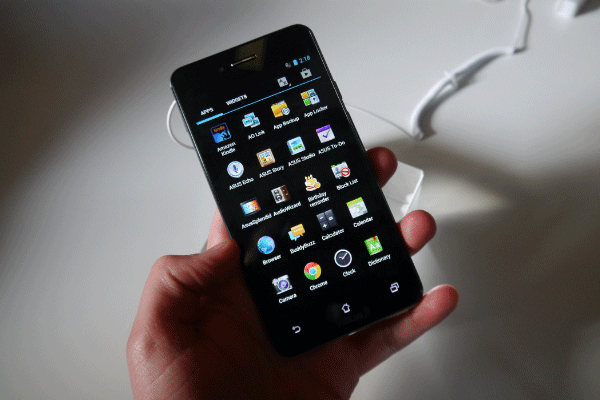
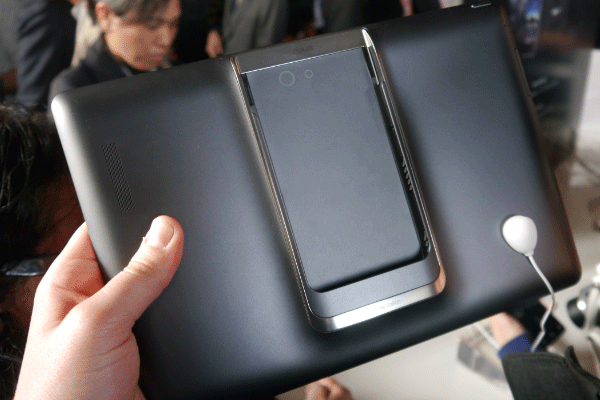
Looking specifically at the phone part of the PadFone Infinity package, we have to admit that we were impressed. With a high-quality brushed aluminium unibody rear and several neat design touches, this represents a new high watermark for Asus’s phones. It’s not loud, design-wise, but is different-looking enough to differentiate itself from the zillions of other phone designs littering phone shop shelves.
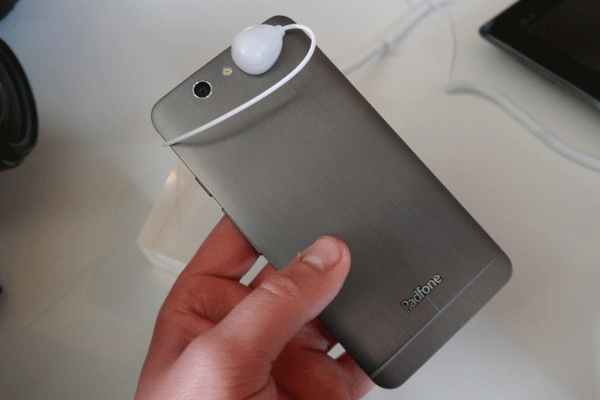
It’s not just the brushed metal finish either. The screen edge is neatly bevelled, and forms part of the phone’s outline, rather than careening straight into the metal screen surround.
The tablet part is perhaps a bit less special, because it can feel slightly clumsy by design. The Asus PadFone Infinity phone slots into a track on the rear of the tablet part, leaving the actual phone exposed to the elements, so to speak. Both parts are very well-made, though, as you’d expect for a grand.

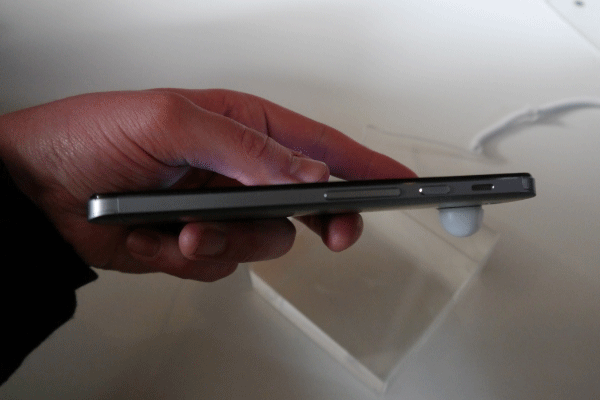
Asus PadFone Infinity – Screens
Contrary to what you might expect, the 5-inch phone part and the 10.1-inch tablet have almost identical resolutions. The phone has 1,920 x 1,080 pixels at its disposal, the tablet 1,920 x 1,200.
Both screens use IPS type displays, offering great viewing angles. We only got to see the phone part in action, and it was more-or-less flawless. Contrast, sharpness and colour reproduction are all excellent. We expect the tablet part to perform well too. Jam the phone into the tablet “holster” and the image will automatically transfer to the larger tablet display.

The screen spec similarity is indicative of quite how great the specs of the phone part are, more than a limitation of the tablet. The Asus PadFone is a specs tour de force: it offers 2GB RAM, 64GB internal memory, a quad-core 1.7GHz Snapdragon processor, 4G and NFC. The NFC factors into the phone’s design a bit too. Asus says that the PadFone Infinity’s NFC antenna is the “PadFone” logo on the phone’s back. Tech-wise it doesn’t necessarily mean a great deal, but gives you something to aim towards NFC sensors.
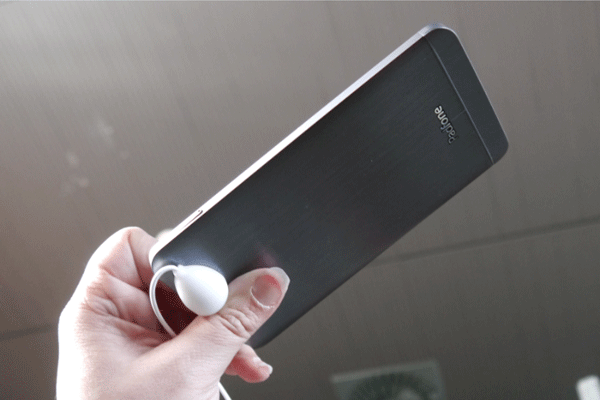
Asus PadFone Infinity – Software and Performance
Like all the Previous PadFones, the Asus PadFone Infinity runs an almost-stock version of Android . The biggest changes are additions like pre-installed apps, rather than any fiddling with how the system works.
Extra apps include Asus Story, which lets you produce your own storybook, encompassing your own photos. Another is Supernote. This is a note-taking app with optical character recognition – turning your scrawls into characters. It would be much more useful if the PadFone Infinity used a digitiser stylus like the Galaxy Note 10.1. But it doesn’t, so you’re left to write with a finger until you fork out for a capacitive stylus.

Asus also showed-off some fluffy software tweaks, like how the alarm clock reads out the time as it rips you away from your bed.
Asus PadFone Infinity – Camera
After featuring just about every spec we could care to name, the Asus PadFone Infinity is hardly going to miss out on its cameras. Like every big kid phone on the playground, the PadFone Infinity uses a 13-megapixel main sensor, with a f/2.0 lens. This can be used whether the phone’s out on its own, or used as part of the tablet.
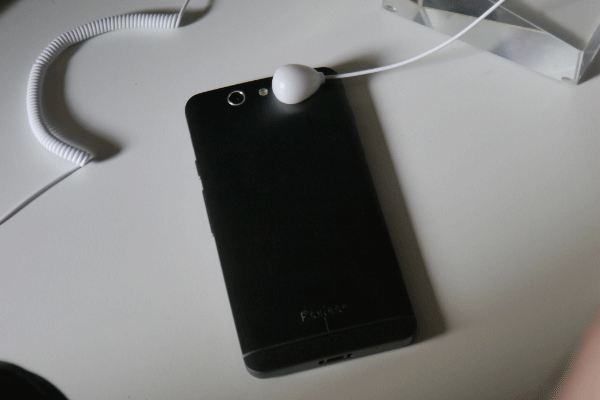
The rear camera has an LED flash, and there’s a secondary 2MP sensor on the front. We didn’t get to test the PadFone Infinity’s camera capabilities, but we’ll remedy this once our review unit’s in.
Asus PadFone Infinity – Battery Life
With the tablet part alone, the PadFone Infinity will last for 9.5 hours of video playback according to Asus. However, plug it into the tablet part and you’re looking at a claimed 27 hours. That’s at least enough to watch one of the extended Lord of the Rings films.
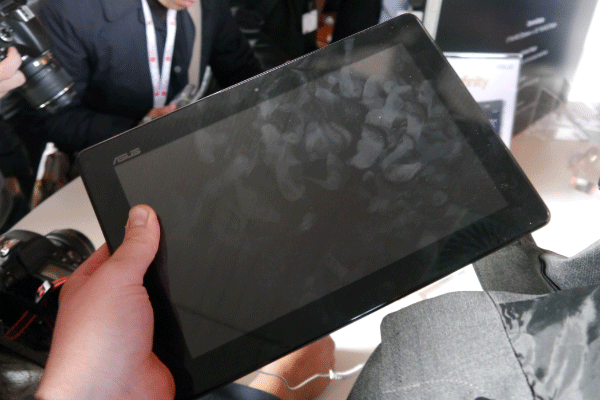

Asus PadFone Infinity – Value
The Asus PadFone Infinity offers some great design inflections and some fab specs. But, just like its predecessors, it’ll be squeezed into a tiny niche. Not only is the premise a little awkward, but the price is downright scary. Buy a top-end tablet and a top-end phone and you may well calculate you’ve spent the same amount, but shouldn’t it cost a little less when there are no real brains in the tablet?
How we test phones
We test every mobile phone we review thoroughly. We use industry standard tests to compare features properly and we use the phone as our main device over the review period. We’ll always tell you what we find and we never, ever, accept money to review a product.


